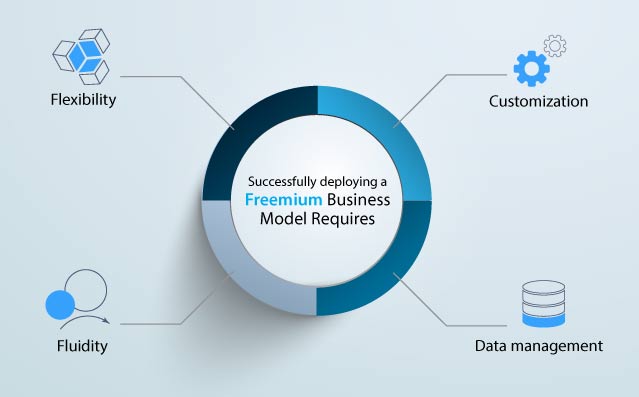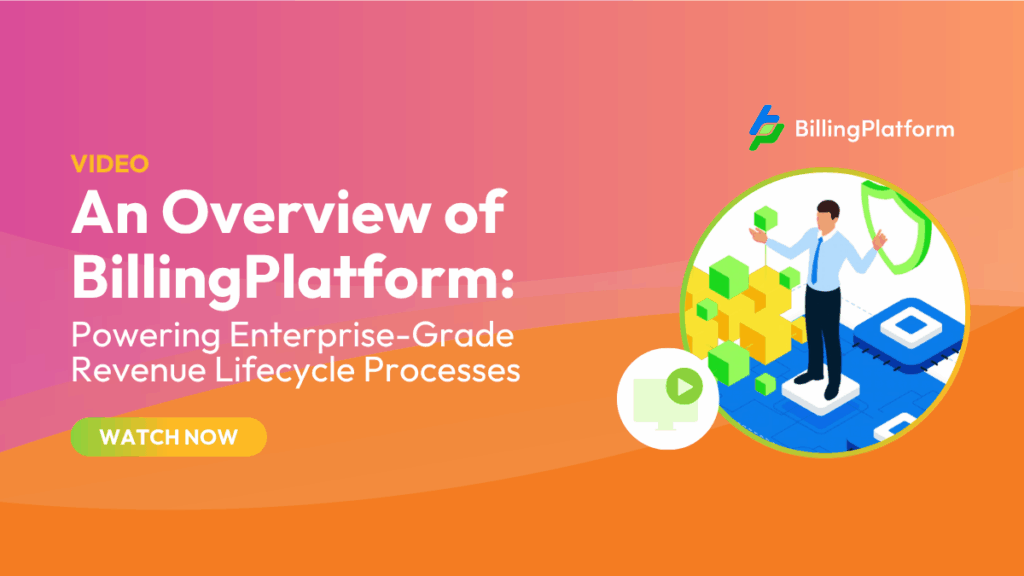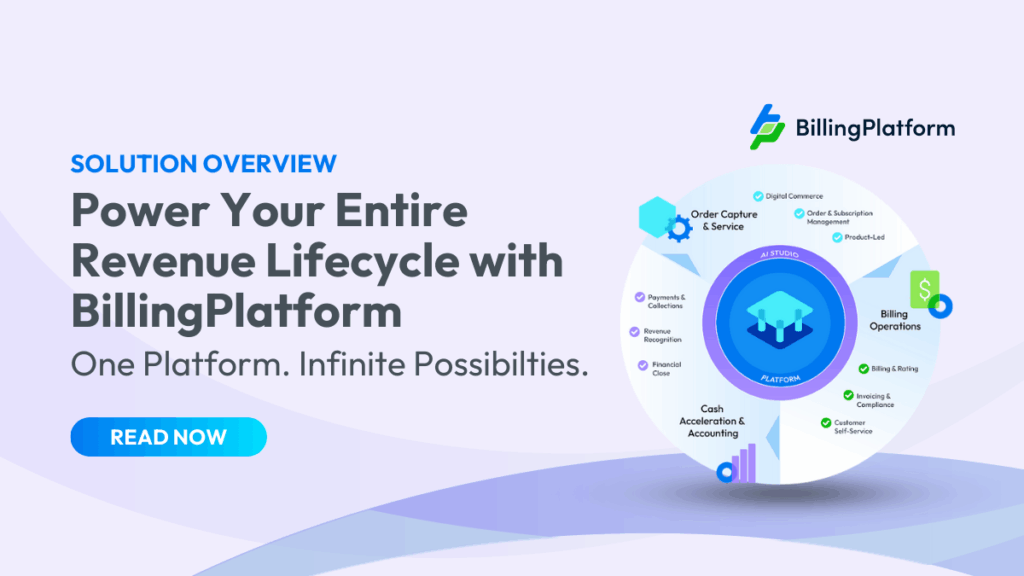The “freemium” (“free” + “premium”) business model has grown more and more prevalent over the last decade. Initially popularized by software companies (particularly SaaS), the model creates value for both organizations and consumers within a low-risk relationship.
For those interested in deploying freemium business models, there are 4 key elements any company should consider to drive successful execution. As the CEO of a billing and monetization solution, you may be wondering what sort of authority I have to give guidance on freemium business models. The fact is BillingPlatform is often the operational foundation supporting the innovation and creativity required to deploy freemium models.
I’ll touch on where solutions like BillingPlatform fit shortly, but first, let’s talk about freemium models.
Freemium Business Model Overview
With freemium business models, users get access to a basic set of features for free and have the opportunity to purchase upgrades to their accounts for more advanced functionality at any time. Modern consumers are very familiar with freemium business models and often expect to try products or services without paying anything up front.
Freemium business models offer a number of advantages over other pricing strategies. Organizations are able to attract many users without having to invest heavily in marketing or advertising campaigns. Consumers are also growing skeptical of limited trials and appreciate open-ended freemium offerings.
Companies like LinkedIn, YouTube, and Spotify have operated with freemium business models for years, building huge user bases and converting a portion over to more advanced offerings. Today, LinkedIn has nearly 500 million total users with one in five million subscribing to the platform’s premium product. Spotify boasts 170 million total listeners with almost 90 million paying for ad-free listening.
2. Key Success Factors for Freemium Success
Freemium business models can create a significant upside for the businesses that deploy them. Here are four key considerations to keep in mind when developing a successful freemium offering.
Draw the right line between free and premium features
Delineating appropriately between free and premium features is critical. If you offer too much value for free, users may pass on upgrading to a pay model. If you offer no value, they may not trust your brand or your ability to deliver quality products and services at all. Striking the right balance takes time, but is crucial for freemium models.
Articulate a clear premium value proposition
With freemium business models, customers need a clear understanding of what features they unlock if they upgrade their accounts to paid plans. They need to know exactly what they are missing by not converting. Without an obvious “premium” value proposition, users will continue using free features as long as they are available.
Set clear goals around customer conversion
Another important success factor is having clear goals around what percentage of users should be converting to paid/premium accounts. Otherwise, it can be difficult for enterprises to discern whether or not they even have the right balance between the two subscription levels.
Innovate often
Finally, companies deploying freemium business models need to continue innovating to create new reasons for long-time customers to convert. As time goes on, user bases grow increasingly price sensitive, which makes it harder to push them past basic features.
3. What does billing have to do with freemium business models?
Successfully deploying a freemium business model requires the right operational systems to implement, support, measure, and innovate. The following points summarize the most important capabilities needed to execute this strategy.
Flexibility
As I mentioned earlier, finding the right balance between freemium and paid can be a bit of a trial and error process. Billing management platforms supporting freemium business models must be flexible so they can change over time and incorporate new features at any subscription level.
It’s easy for users to settle into their free accounts and build their needs around no-cost features. For example, consumers supplement limited, but free, online storage space from Dropbox with Google Drive accounts in order to avoid paying a fee for additional GBs.
The way around this subversion is to create new sources of value so that users are continually encouraged to enjoy through upgraded premium features. Billing solutions must be able to accommodate this level of innovation and allow enterprises to easily evolve their pricing strategy over time.
Customization
Organizations must be able to create at least two (often more) distinct tiers of offerings that are meaningful to users. Customization makes these tiers possible. Free features have to be compelling enough to attract consumers to the platform initially and premium features must be tailored to meet the needs of customers who choose to upgrade.
Billing solutions that are highly configurable and powerful can support large volumes of users at any tier and help organizations thrive in the modern world.
Fluidity
It’s also incredibly important that users can seamlessly transition from free to premium accounts without any hiccups in their experience.
Billing solutions must create a smooth bridge between the two tiers and immediately jump-start revenue cycle activity for paying customers, regardless of how long they have been using free products or services.
Data management
Enterprises need to understand the conversion life cycle for their customers and be able to measure success against industry benchmarks. Without a way to analyze results, it’s difficult to optimize the free and premium tiers and make strategically sound decisions.
Your billing solution should provide you with the capability to analyze all of this data in real time, assess trends, and react to market behaviors.
Introducing BillingPlatform
Fortunately, there is a cloud-based billing management solution that supports these needs and enables companies to easily deploy freemium business models. With BillingPlatform, organizations get the only truly comprehensive solution in the space that can adapt to meet any billing need within every industry. Our agile platform can be configured to address your unique freemium model.
Interested in learning more? To help SaaS companies maintain the most efficient and successful billing practices, we offer the Enterprise Guide to Billing for SaaS.




